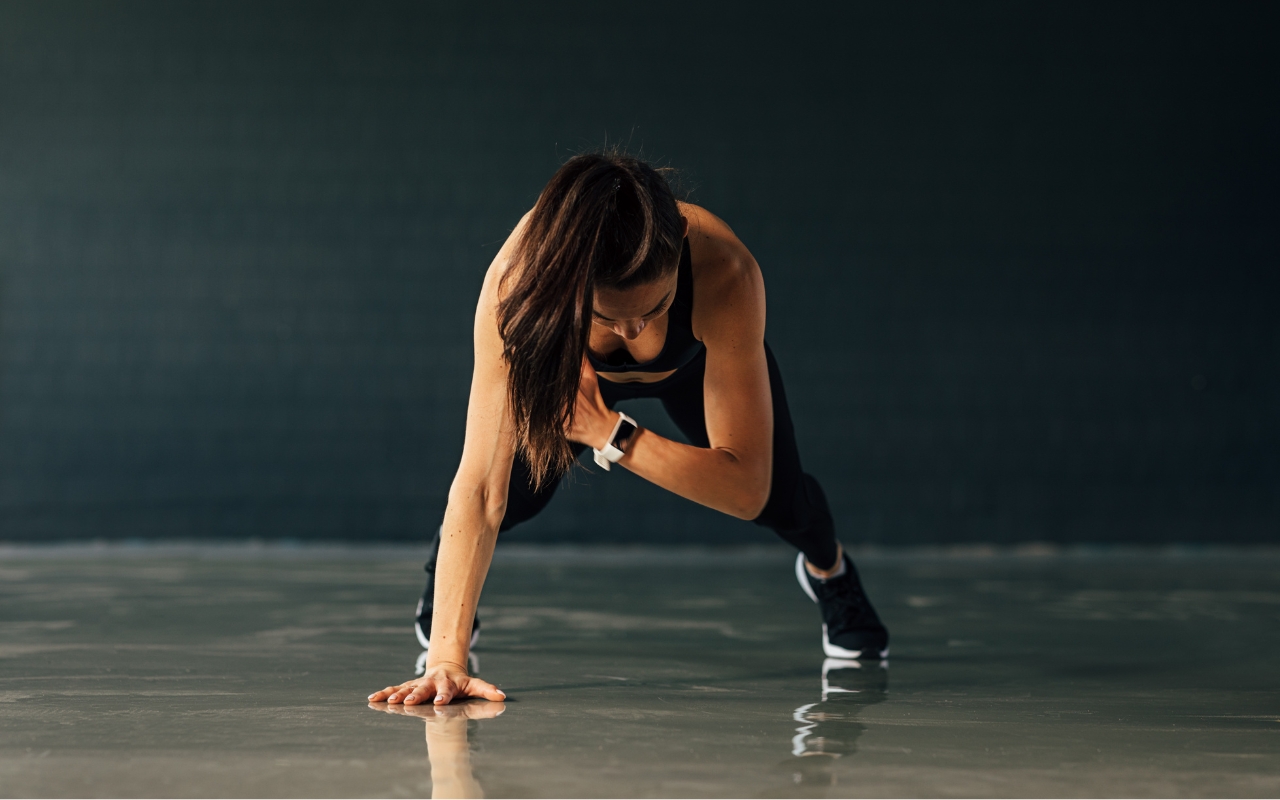Shoulders are among the most versatile and essential parts of the body, significantly contributing to overall athletic performance, physique, and daily functional capabilities. The importance of maintaining strong, healthy shoulders cannot be overstated, whether you are an athlete striving for peak performance or simply someone looking to improve your physical health and mobility. This comprehensive guide will delve into the most effective shoulder exercises to build strength, enhance flexibility, and prevent injuries.
The shoulder joint is highly complex, with multiple muscles, tendons, and ligaments working together to allow a remarkable range of motion. This complexity also makes it susceptible to injuries if not adequately conditioned. Therefore, a well-rounded shoulder workout routine is crucial for balanced muscle development and joint stability.
Understanding Shoulder Anatomy
Before diving into the exercises, it’s essential to have a basic understanding of shoulder anatomy. The shoulder comprises three primary bones: the humerus (upper arm bone), the scapula (shoulder blade), and the clavicle (collarbone). These bones are connected by muscles and tendons, forming the shoulder joint. The major muscles involved in shoulder movements are the deltoids (anterior, medial, and posterior), trapezius, and rotator cuff muscles.
The deltoids are the most prominent shoulder muscles and are divided into three parts:
- Anterior (Front) Deltoid: Responsible for shoulder flexion and internal rotation.
- Medial (Lateral) Deltoid: Facilitates shoulder abduction.
- Posterior (Rear) Deltoid: Enables shoulder extension and external rotation.
The trapezius muscle, extending from the back of your neck to the mid-back, assists in shoulder elevation, retraction, and rotation. The rotator cuff, consisting of four small muscles (supraspinatus, infraspinatus, teres minor, and subscapularis), is critical in stabilizing the shoulder joint.
The Importance of Shoulder Exercises
Incorporating shoulder exercises into your fitness regime offers numerous benefits:
- Improved Strength and Power: Strong shoulders enhance your ability to perform various upper-body exercises, such as bench presses and pull-ups, and improve overall lifting performance.
- Enhanced Aesthetic Appeal: Developed shoulders contribute to a broader, more muscular upper body, creating a desirable “V-taper” physique.
- Injury Prevention: Strengthening the shoulder muscles and improving joint stability reduces the risk of common shoulder injuries, such as rotator cuff tears and strains.
- Better Posture: Strong and flexible shoulder muscles help maintain proper posture, essential for spinal health and overall body alignment.
- Increased Functional Capability: Shoulder strength is vital for everyday tasks, from lifting and carrying objects to performing overhead movements.
Essential Shoulder Exercises
Overhead Press
One of the foundational exercises for shoulder development, the overhead press targets all three heads of the deltoid muscle, making it indispensable for building shoulder size and strength.
How to Do It:
- Grip a barbell with an overhand grip, hands placed just outside your shoulders.
- Stand with your feet shoulder-width apart and brace your core.
- Press the barbell overhead until your arms are fully extended.
- Slowly lower the barbell back to the starting position.
Modifications:
- Make It Easier: Perform the press seated to reduce the stability requirement.
- Make It Harder: Use a single-arm dumbbell press to engage more stabilizing muscles.
Coach’s Tip: Keep your core tight and avoid arching your back to prevent lower back strain.
For a detailed guide on the overhead press, refer to BarBend.
Dumbbell Shoulder Press
The dumbbell shoulder press offers more freedom of movement than the barbell version, which can help alleviate shoulder joint stress and correct muscle imbalances.
How to Do It:
- Sit on an adjustable bench set to a 90-degree angle.
- Hold a dumbbell in each hand at shoulder height with your palms facing forward.
- Press the dumbbells overhead until your arms are fully extended.
- Lower the dumbbells back to the starting position.
Modifications:
- Make It Easier: Perform the exercise seated with back support.
- Make It Harder: To increase the time under tension, use a slower tempo in the eccentric (lowering) phase.
Coach’s Tip: Keep your elbows slightly before your body to maintain shoulder joint stability.
Lateral Raises
Lateral raises specifically target the medial deltoid, helping to create the 3D shoulder look.
How to Do It:
- Stand with your feet hip-width apart, holding a dumbbell in each hand by your sides.
- With a slight bend in your elbows, raise your arms to the sides until they are parallel to the floor.
- Slowly lower the dumbbells back to the starting position.
Modifications:
- Make It Easier: Perform the movement one arm at a time.
- Make It Harder: Add a pause at the top of each repetition to emphasize muscle contraction.
Coach’s Tip: Avoid swinging the weights; use controlled movements to engage the medial deltoid effectively.
Front Raises
Front raises isolate the anterior deltoid, making them an excellent complementary exercise to overhead pressing movements.
How to Do It:
- Stand upright with a dumbbell in each hand, arms fully extended in front of you.
- Lift the dumbbells before your body until your arms are parallel to the ground.
- Lower the weights back to the starting position.
Modifications:
- Make It Easier: Perform the exercise leaning against a bench for added support.
- Make It Harder: Use a slow, controlled tempo and add a hold at the top of each rep.
Coach’s Tip: Keep your core engaged and avoid using momentum to lift the weights.
Rear Delt Raises (Reverse Fly)
Targeting the posterior deltoid is crucial for balanced shoulder development and preventing the common issue of forward-rounded shoulders.
How to Do It:
- Bend at the hips with a slight bend in your knees, holding a dumbbell in each hand.
- With your palms facing each other, open your arms to the sides in a reverse fly motion.
- Lower the dumbbells back to the starting position.
Modifications:
- Make It Easier: Perform the exercise seated with your chest supported on an incline bench.
- Make It Harder: Add a pause at the top of each rep to enhance muscle activation.
Coach’s Tip: Focus on squeezing your shoulder blades together at the top of the movement.
Shrugs
Shrugs are excellent for developing the trapezius muscles, which are significant in shoulder elevation and stabilization.
How to Do It:
- Stand with a dumbbell in each hand, arms relaxed by your sides.
- Lift your shoulders as high as possible in a shrugging motion.
- Lower your shoulders back to the starting position.
Modifications:
- Make It Easier: Use lighter weights to focus on the range of motion.
- Make It Harder: Utilize a slower tempo and add a hold at the top of each rep.
Coach’s Tip: Avoid rotating your shoulders; focus on a straight up-and-down movement.
To explore shoulder exercises more, check out Garage Gym Reviews.
Cable Lateral Raises
Using cables for lateral raises provides constant tension throughout the movement, effectively targeting the medial deltoid.
How to Do It:
- Set the cable to waist height and attach a D-handle.
- Stand sideways to the machine and grasp the handle with your far-side hand.
- Raise your arm out to the side until it is parallel to the floor.
- Lower your arm back to the starting position.
Modifications:
- Make It Easier: Use your non-working arm for support or lower the cable for less resistance.
- Make It Harder: Pause at the top of each repetition to increase muscle engagement.
Coach’s Tip: Visualize unsheathing a sword from your hip to perfect the movement path.
External Rotation with Arm Abducted 90°
This exercise strengthens the rotator cuff muscles, which are crucial for stabilizing the shoulder joint.
How to Do It:
- Attach a resistance band to a stable object and hold the end with your elbow bent at 90 degrees and raised to shoulder height.
- Rotate your arm upward until your hand is in line with your head.
- Return to the starting position.
Modifications:
- Make It Easier: Use a lighter resistance band.
- Make It Harder: Increase the resistance or add more repetitions.
Coach’s Tip: Keep your elbow aligned with your shoulder throughout the movement.
For more information on shoulder conditioning, refer to AAOS.
Internal Rotation
Internal rotation exercises also target the rotator cuff, particularly the subscapularis, contributing to shoulder stability.
How to Do It:
- Attach a resistance band to a stable object and hold the end with your elbow bent at 90 degrees close to your side.
- Pull the band across your body.
- Return to the starting position.
Modifications:
- Make It Easier: Reduce the resistance.
- Make It Harder: Use a thicker resistance band or add more sets.
Coach’s Tip: Keep your elbow pressed into your side to isolate the shoulder muscles effectively.
Best Practices for Shoulder Exercises
Warm-Up
A proper warm-up is essential to prepare your shoulder muscles and joints for exercise. Dynamic stretches and light cardio can increase blood flow, improve flexibility, and reduce the risk of injury. Incorporating shoulder-specific warm-up exercises, such as arm circles and band pull-aparts, can also be beneficial.
Proper Form
Maintaining proper form is crucial to prevent injuries and maximize the effectiveness of shoulder exercises. Focus on controlled movements, avoid excessive weights, and pay attention to your body’s signals. If you experience pain or discomfort, stop the exercise and consult a fitness professional or healthcare provider.
Progressive Overload
To continue making progress, gradually increase the intensity of your shoulder workouts. You can do this by adding more weight, increasing the number of repetitions or sets, or incorporating more challenging variations of exercises. However, ensure that any increase in intensity is manageable and does not compromise your form.
Balanced Routine
A well-rounded shoulder workout routine should target all three deltoid heads and include rotator cuff and trapezius muscles exercises. Balancing push-pull movements is also essential to prevent muscle imbalances and maintain joint health.
Rest and Recovery
Allowing your shoulder muscles adequate time to rest and recover is vital for muscle growth and injury prevention. Avoid overtraining by incorporating rest days into your weekly routine and listening to your body’s needs.
Conclusion
Building vigorous, healthy shoulders requires a combination of proper exercise selection, technique, and dedication. Incorporating various shoulder exercises into your fitness routine can enhance your strength, improve your posture, and reduce the risk of injuries. Consistency is key, and progress may take time, but the results are well worth the effort.
For further reading and exercise guides, you can explore resources such as Men's Health and NHS Inform. These websites provide additional insights and detailed instructions to help you optimize your shoulder workouts.
By following the tips and exercises outlined in this guide, you will be well on your way to achieving robust and resilient shoulders that can support you in all your physical endeavors.










